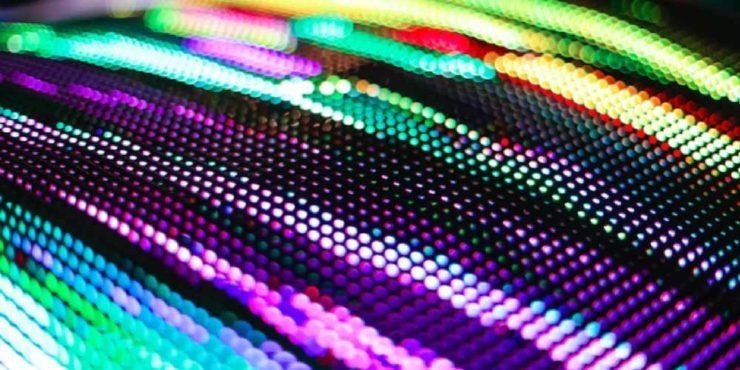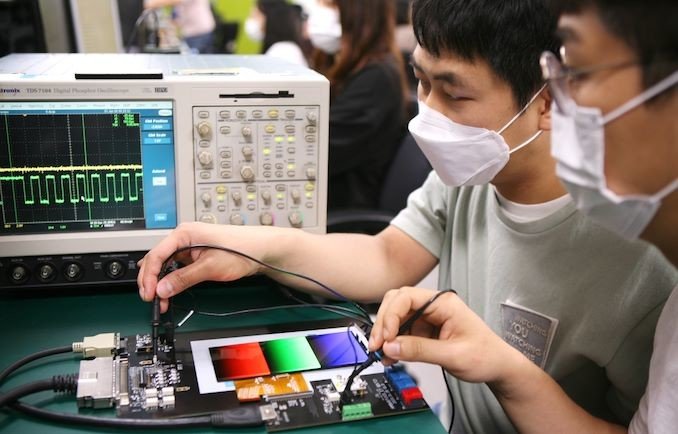Samsung announces screens with automatic variable refresh rate, and they promise up to 22 percent energy savings.
60 Hz was the standard for the last few years, 90 Hz started arriving last year and this year we already have phones with 120 Hz as the refresh rate on their screens. The energy consumption of these panels however is their big negative point.
Samsung’s solution? Automatically change this refreshment according to the content, so they say it does its new commercial panels for mobile phones, used for the first time in the recently introduced Galaxy Note 20 Ultra 5G.
- ASUS ROG Phone 3 review
- MSI introduced GS66 Stealth with 300 Hz panel
- Samsung Galaxy Note20 and Note20 Ultra 5G unveiled

Samsung will produce screens with automatic variable refresh rate
The truth is that most current mobile display panels that operate at 90 Hz or 120 Hz already allow you to change this refresh rate. The difference, according to Samsung, is that for the first time they have managed to do this automatically according to the content that is displayed. That is, if, for example, there is a static image for a longer period of time, the refresh rate will decrease without the user having to do anything, while if you later open a video game, you can raise it to 120 Hz once more without the user has to change the settings manually.
Higher efficiency, lower consumption
The obvious result of this is a significant battery saving, allowing to reduce the refresh rate whenever it is not necessary at a high value. These new OLED panels with technology to automatically change the refresh rate say they allow up to 22% more power compared to traditional panels currently used in smartphones.
Continuing with the comparisons, Samsung comments that its panel at 10 Hz can consume up to 60% less energy than a conventional panel that maintains a high refresh rate in still images where it is not needed. Of course, they have not given details about what refresh rates that conventional panel handles with which they have made the comparison.

The Korean company refers to five refresh rates in total that will vary depending on the content displayed by the phone: 120 Hz, 90 Hz, 60 Hz, 30 Hz and 10 Hz. Of the latter, they indicate that they have also managed to eliminate the flicker of the image caused by differences in brightness at low speeds using backplane technology.
However, hardware with a panel that allows you to easily switch between refresh rates is not the only thing necessary. This must be accompanied by changes in software that allow the panel to indicate what refresh rate to use at all times, changes that we must first see in the operating system and secondly, probably also in third-party applications. For now we will see it in action in the Samsung Galaxy Note 20 Ultra 5G.





